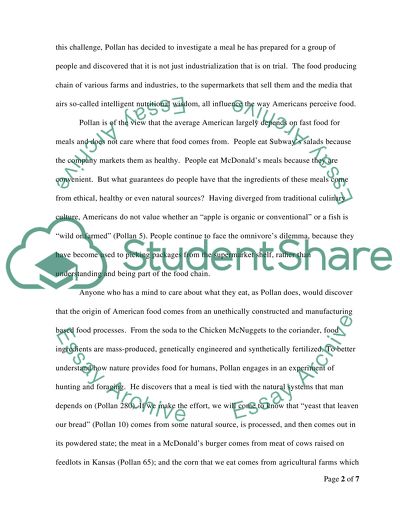Cite this document
(Practical Approach to Dealing with Omnivore Essay, n.d.)
Practical Approach to Dealing with Omnivore Essay. https://studentshare.org/health-sciences-medicine/1554601-a-practical-approach-to-overcoming-the-omnivore
Practical Approach to Dealing with Omnivore Essay. https://studentshare.org/health-sciences-medicine/1554601-a-practical-approach-to-overcoming-the-omnivore
(Practical Approach to Dealing With Omnivore Essay)
Practical Approach to Dealing With Omnivore Essay. https://studentshare.org/health-sciences-medicine/1554601-a-practical-approach-to-overcoming-the-omnivore.
Practical Approach to Dealing With Omnivore Essay. https://studentshare.org/health-sciences-medicine/1554601-a-practical-approach-to-overcoming-the-omnivore.
“Practical Approach to Dealing With Omnivore Essay”. https://studentshare.org/health-sciences-medicine/1554601-a-practical-approach-to-overcoming-the-omnivore.


